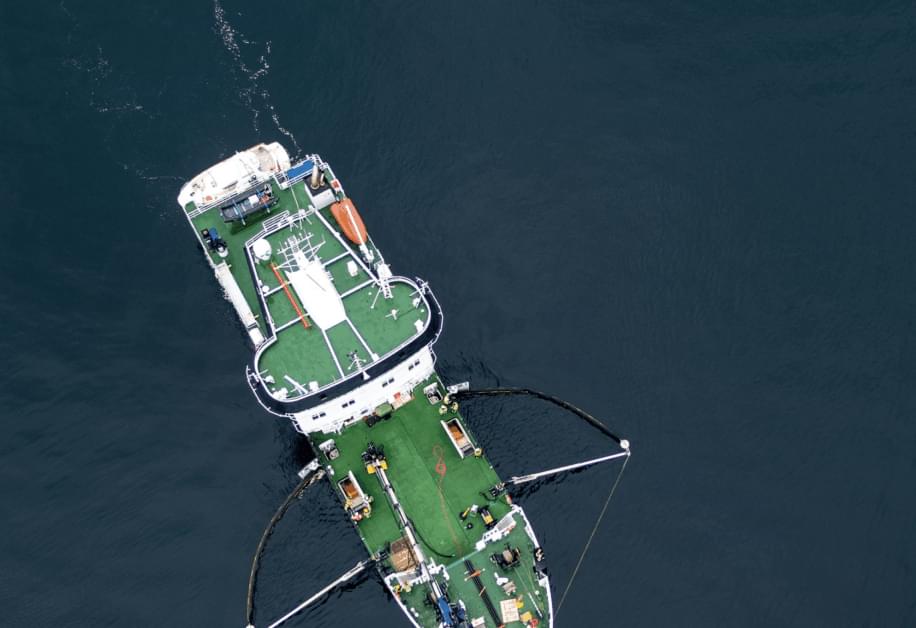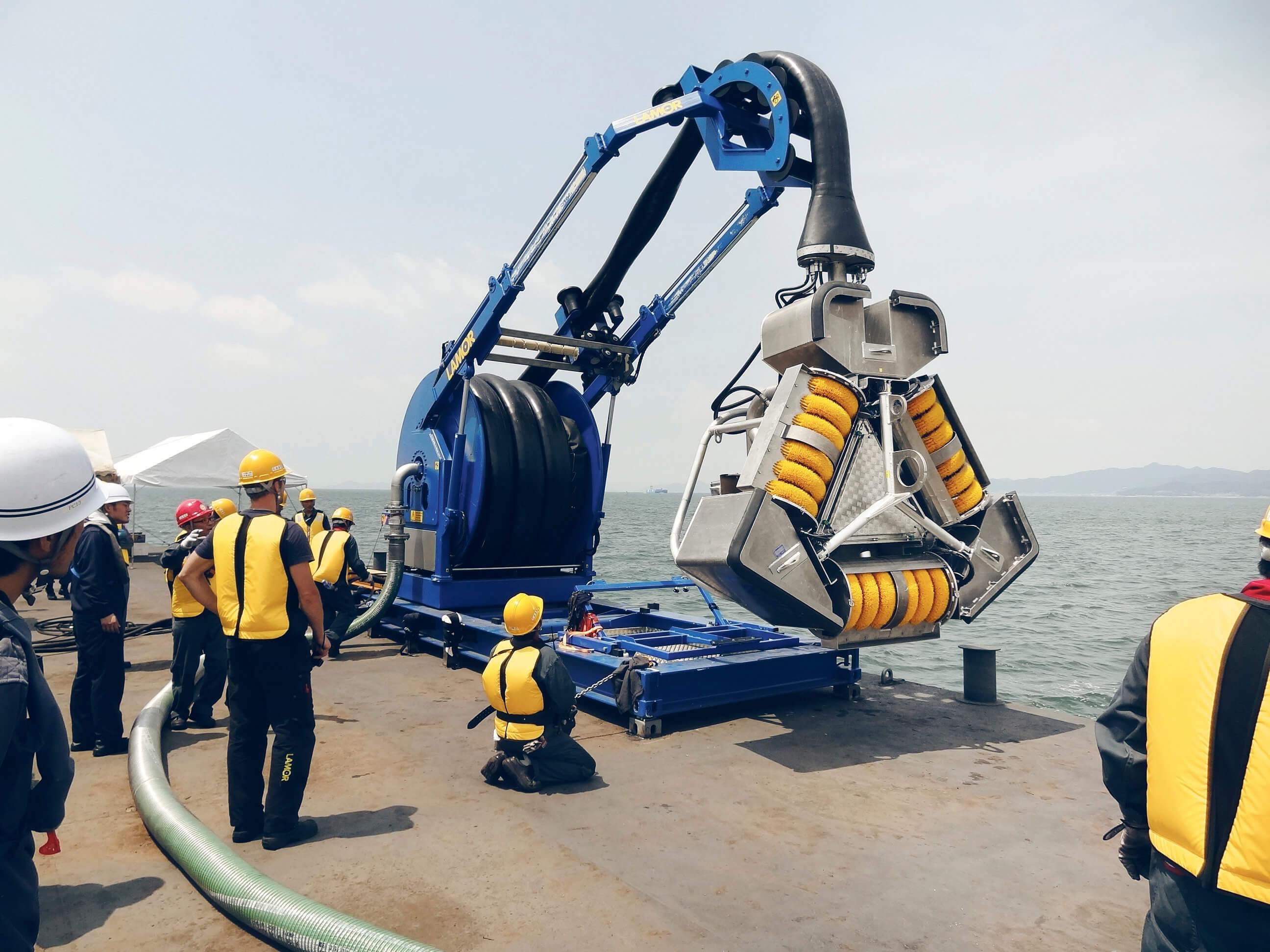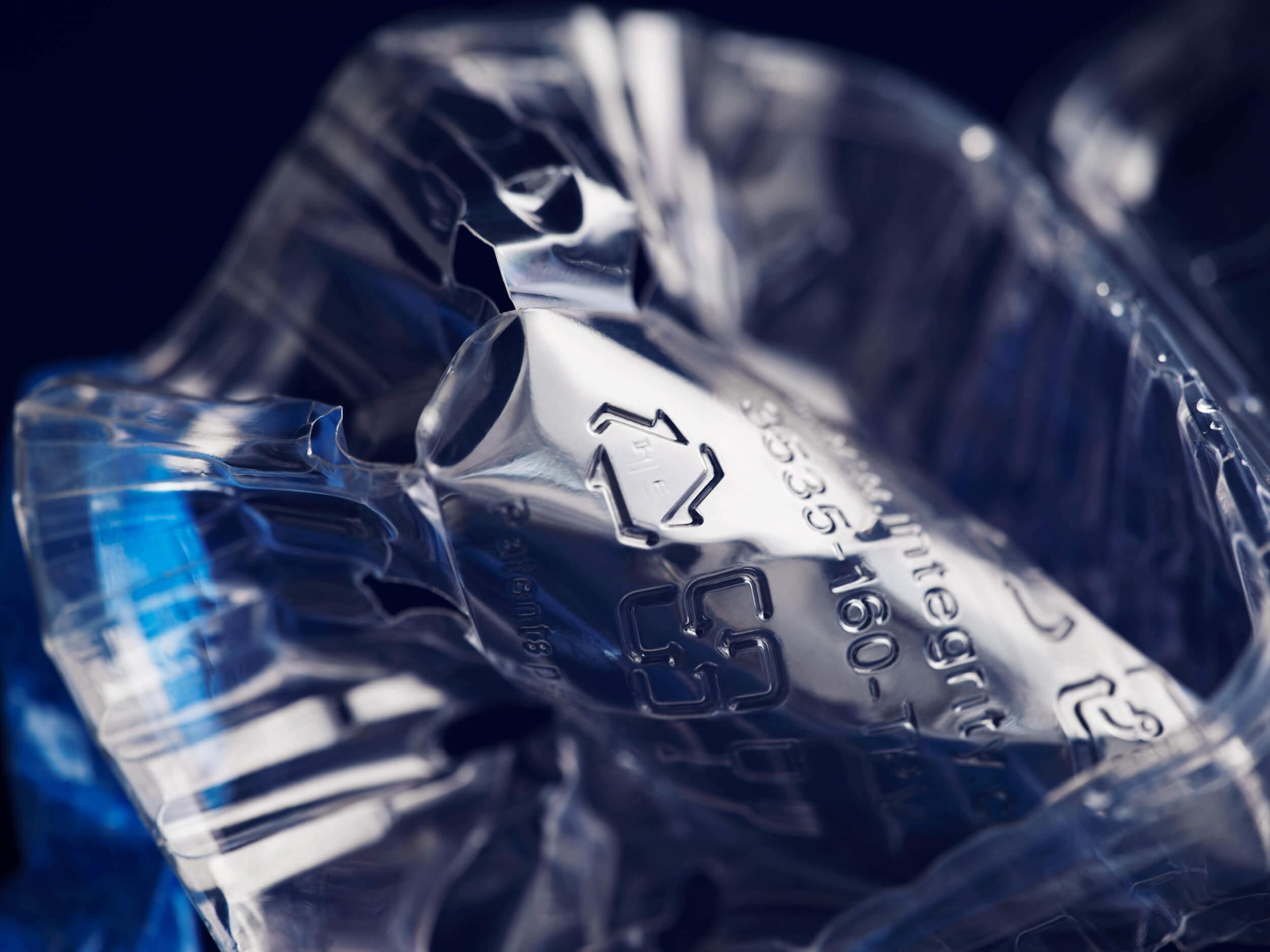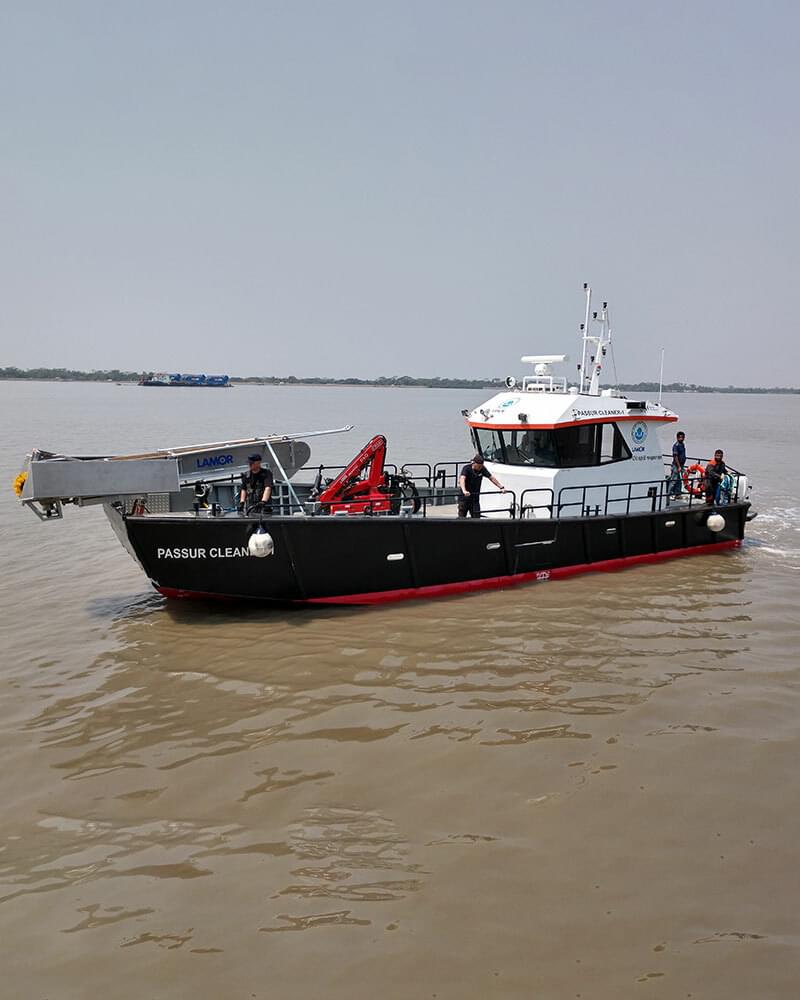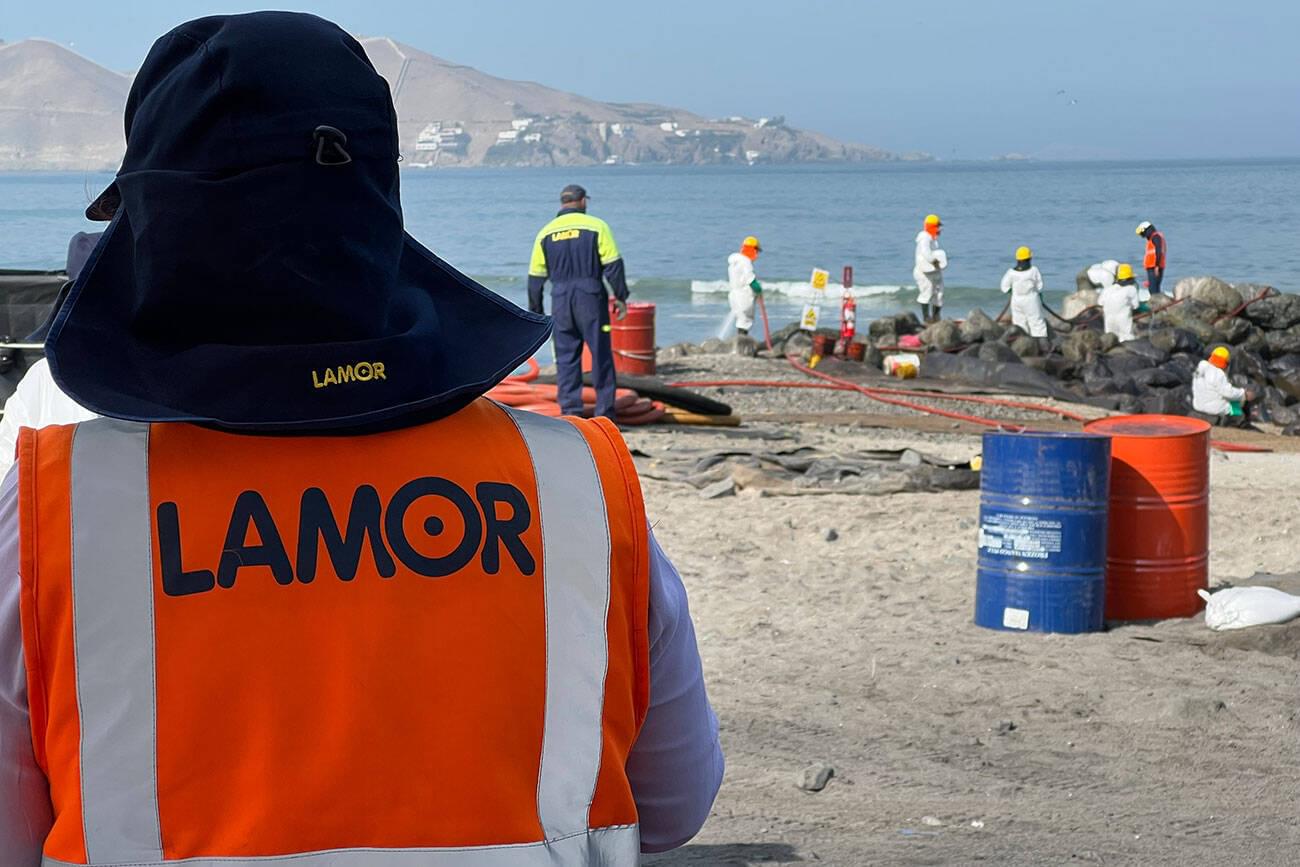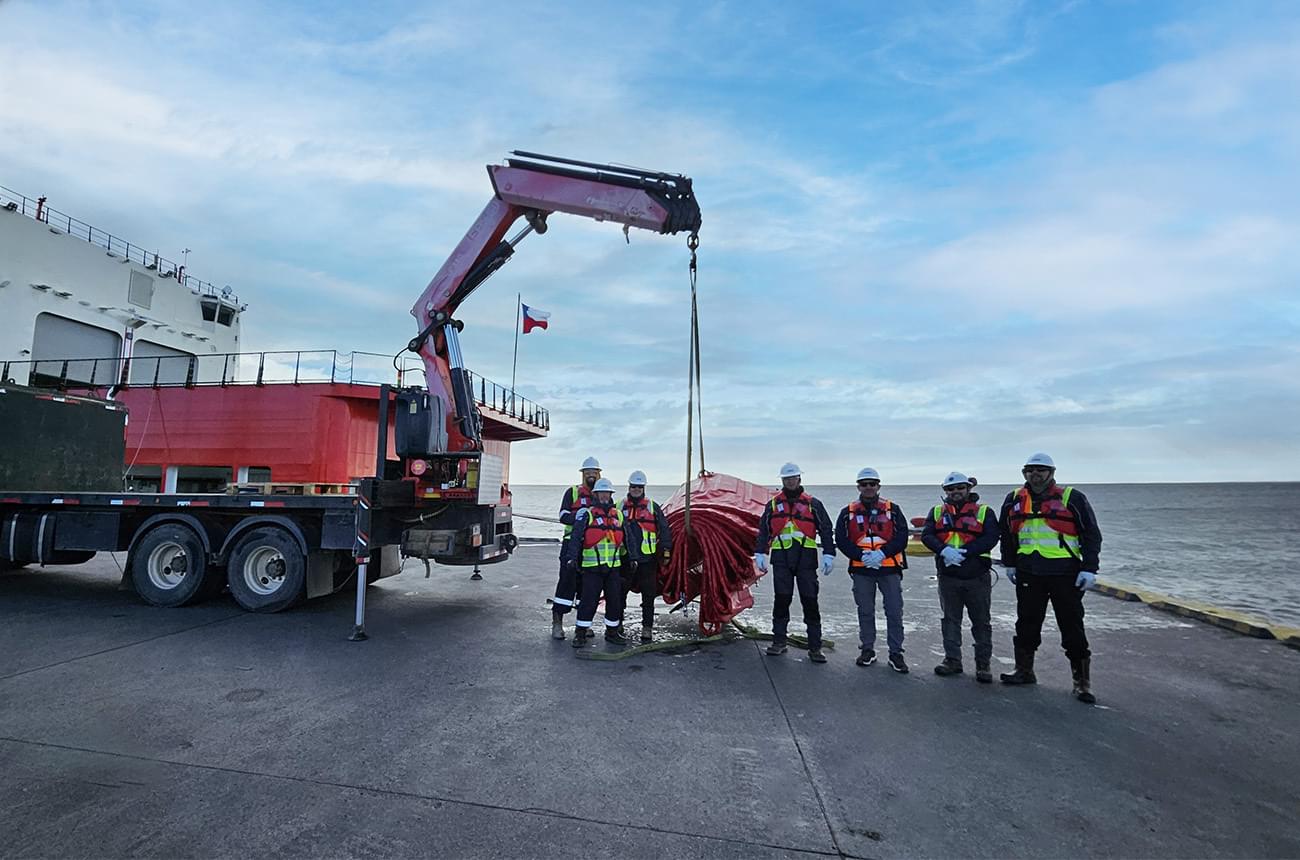Successful remediation of hydrocarbon-contaminated sites in Ecuador
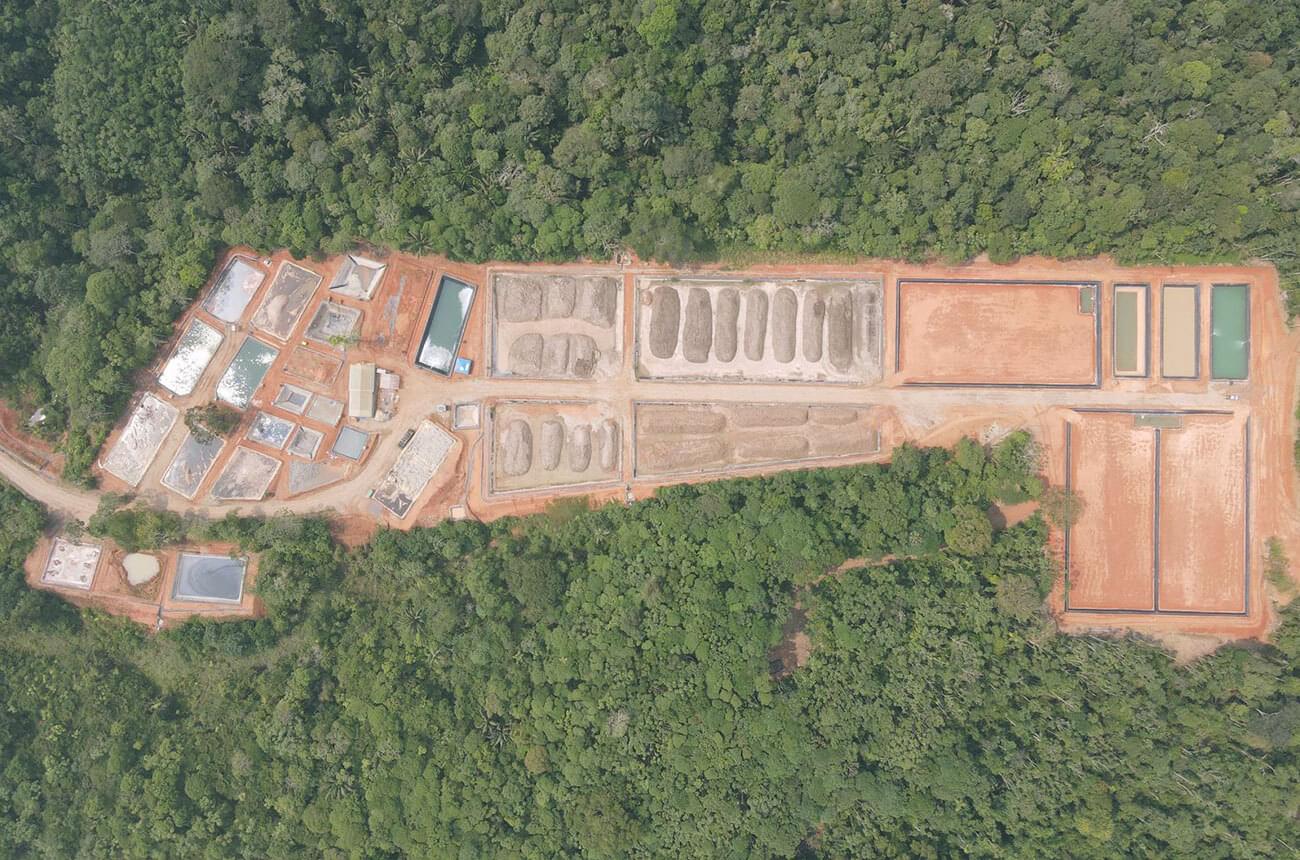
Addressing environmental liabilities has become a concern in today's industrial landscape, and Lamor has taken significant steps in this direction through a four-year contract dedicated to remediating sites contaminated with hydrocarbons in Ecuador.
Challenge
The challenge at hand was the remediation of hydrocarbons-contaminated sites, a task that required a specific plan to achieve the objectives. The soil at these sites exhibited a Total Petroleum Hydrocarbon (TPH) concentration between 40.000 to 10.000 mg/kg, significantly surpassing the acceptable limit of 150 mg/kg, a highly stringent requirement of Ecuadorian environmental law. This presented a complex challenge as the remediation process needed to be thorough and efficient to meet the stringent target criteria.
Lamor's scope extended beyond conventional approaches, delivering both in-situ and ex-situ activities tailored to suit the unique challenges posed by specific contaminated sites. This flexibility allowed for adapting remediation strategies, ensuring optimal results in diverse environmental conditions. By employing a combination of in-situ and ex-situ activities, Lamor maximized efficiency, offering a comprehensive solution to address a wide range of hydrocarbon-contaminated environments.
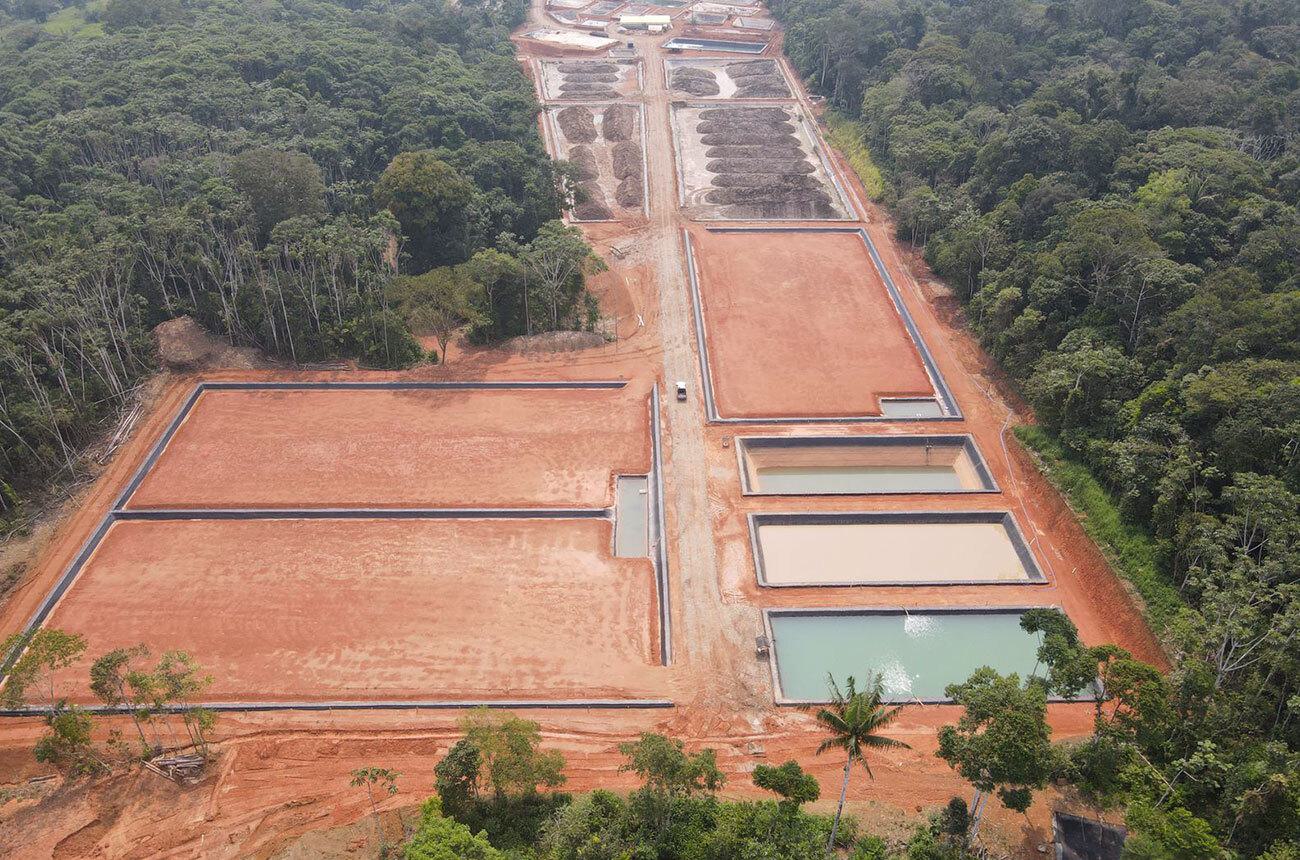
Solution
Lamor offered a holistic remediation service over the four-year contract. The comprehensive service included various crucial components:
- Remediation Program Design: Lamor designed a remediation program tailored to the specific needs of each contaminated site. This involved a detailed analysis of the extent of contamination and the development of a strategic plan for effective excavation, transport and remediation.
- Excavation: Lamor undertook the crucial task of excavation, ensuring the removal of contaminated soil from the sites. This step was vital for the success of the project because it is important to transport the soil in their different levels of contamination to the treatment center.
- Logistics: Lamor managed the logistics involved in transporting the excavated soil to treatment centers, streamlining the process, and minimizing environmental impact during this stage.
- Treatment Center: The establishment of a dedicated treatment center allowed for the thorough treatment of the contaminated soil. Employing state-of-the-art technologies, Lamor ensured that the remediation process met the stringent criteria set for TPH levels. The soil is grouped by its different levels of contamination and then treated according to its specifications.
- Project Management: Throughout the entire process, Lamor provided adept project management, overseeing the execution of each phase, and ensuring that timelines were met, and quality standards were upheld.
Lamor is dedicated to making a positive impact on the environment through our tailored remediation solutions. We go beyond expectations, ensuring not just compliance but a lasting transformation in every project, says Danilo Alvarez, Lamor Project Manager in Ecuador.
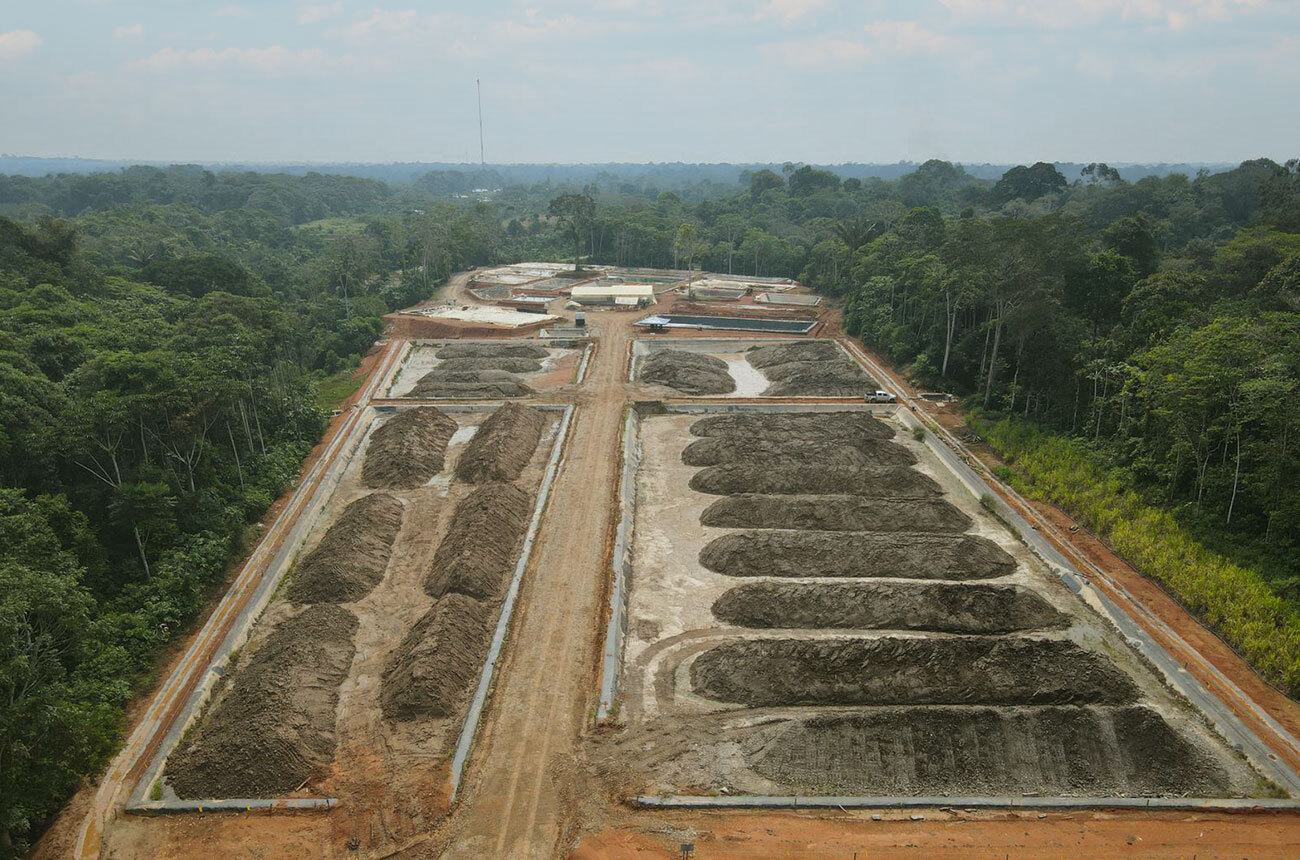
Impact
The positive impact of Lamor's remediation efforts is significant. To date, more than 30.000 m3 of contaminated soil has been successfully treated, surpassing the initial challenge. The remediation brought the TPH levels down from more than 40.000 mg/kg to the target criteria of not more than 150 mg/kg.
The success in reducing hydrocarbon contamination not only benefits the immediate sites but also sets a benchmark for sustainable remediation practices in the broader environmental remediation landscape.
Beyond meeting regulatory standards, the positive impact extends to the restoration of ecosystems, prevention of further contamination, and the promotion of sustainable practices. The remediated sites now contribute to a healthier environment eliminating environmental legacies of more than twenty years of the hydrocarbons industry.
Stay in the know
Sign up for our newsletter to learn more about innovations enabling the survival of our dear planet.



